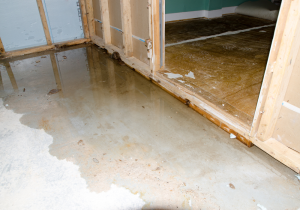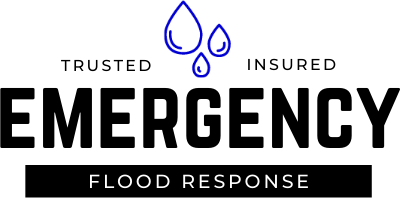Floods are among the most devastating natural disasters that can impact homeowners and property managers. They can turn dream homes into nightmares in a matter of hours, causing countless dollars in damage and leaving lasting effects. Understanding how to effectively restore a home after a flood can be the difference between smooth recovery and prolonged distress. This guide aims to give a comprehensive overview of flood damage restoration, detailing what you can expect and the steps you should take to regain control over your property.
 Understanding Flood Damage and Its Impact
Understanding Flood Damage and Its Impact
Floods don’t just damage property—they can disrupt lives. Water seeping into homes can damage walls, floors, furniture, and appliances. It can also create an environment for mould and mildew to grow, leading to health issues. Beyond the physical damage, floods can cause emotional and financial stress.
Understanding the extent of flood damage is crucial. It can range from minor issues, like damp carpets, to major problems such as structural damage. Addressing these issues promptly and effectively can mitigate long-term damage and reduce repair costs.
Preparing for a Flood
Preparation is key when it comes to minimizing flood risks. While you can’t control the weather, you can control how well-prepared your home is.
Elevate Essential Items
Lifting appliances and electrical systems above potential flood levels can save them from water damage. Consider placing washers, dryers, and furnaces on platforms, and ensure electrical outlets are installed high up on walls.
Install Flood Vents
Flood vents allow water to flow through enclosed areas, like basements or crawl spaces, reducing the risk of structural damage. Installing these vents can help alleviate pressure on your home’s foundation.
Create an Emergency Plan
Having a clear, actionable emergency plan can make all the difference. Ensure all family members know the evacuation routes and have a designated meeting spot. Keep essential documents, insurance papers, and emergency kits in an accessible location.
Immediate Actions After a Flood
The moments following a flood are critical. The steps you take can significantly impact the extent of the damage and the speed of recovery.
Ensure Safety First
Before entering a flooded area, make sure it’s safe. Turn off electricity and gas supplies to prevent fires and electrocution. Be cautious of any structural damage or wildlife that may have been displaced by the floodwaters.
Document the Damage
Take photos and videos of the damage before beginning any cleanup efforts. This documentation will be crucial when filing insurance claims and can help ensure you receive the compensation you’re entitled to.
Remove Water and Dry Out
Removing standing water quickly is crucial. Use pumps, wet vacuums, and dehumidifiers to dry out your home. The longer water sits, the more damage it can cause, including mold growth.
Professional Flood Damage Restoration Services
Hiring professional restoration services can streamline the recovery process. These experts bring experience, specialized equipment, and knowledge to ensure thorough and safe restoration.
Inspection and Assessment
A professional restoration service will start with a detailed inspection to assess the extent of the damage. They’ll identify what can be salvaged and what needs to be replaced, providing a clear plan of action.
Water Extraction and Drying
Professionals use high-powered pumps and industrial-grade dehumidifiers to remove water and moisture. They employ techniques like air movers and heat drying to ensure your home is thoroughly dried, preventing mould growth.
Cleaning and Sanitizing
Thorough cleaning is essential to remove bacteria and contaminants left behind by floodwaters. Professionals use specialized cleaning agents and techniques to sanitize your home, ensuring it’s safe for your family.
 Dealing with Insurance
Dealing with Insurance
Navigating the insurance claims process can be daunting. Knowing how to approach it can help you maximize your claim and reduce stress.
Contact Your Insurance Company
Notify your insurance company as soon as possible. Provide them with the documentation of the damage and a list of all affected items. Keep records of all communication with your insurer.
Understand Your Policy
Familiarize yourself with your insurance policy. Know what is covered and what isn’t. Some policies may cover structural damage but not personal belongings, or vice versa.
Work with an Adjuster
An insurance adjuster will assess the damage and determine the payout. Be present during their inspection to ensure all damage is noted. Don’t hesitate to ask questions or provide additional documentation.
Preventing Future Flood Damage
Taking steps to protect your home from future flood damage can save time, money, and heartache.
Install a Sump Pump
A sump pump can help prevent basement flooding by pumping out water that accumulates. Ensure it has a battery backup in case of power outages during storms.
Landscape for Better Drainage
Proper landscaping can direct water away from your home. Consider grading your yard, installing French drains, or using rain gardens to manage water flow effectively.
Seal Cracks and Gaps
Sealing cracks in your foundation, walls, and windows can prevent water from seeping in. Regularly inspect your home for new cracks and seal them promptly.
Flood damage can be overwhelming, but with the right steps, you can restore your home and peace of mind. Preparation, quick action, and professional help are key to effective restoration. Remember to document everything for insurance purposes and take measures to prevent future flooding.

